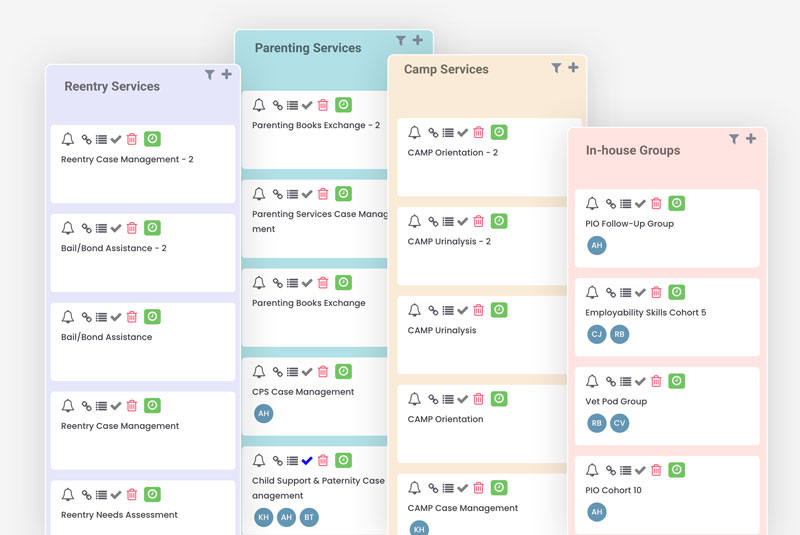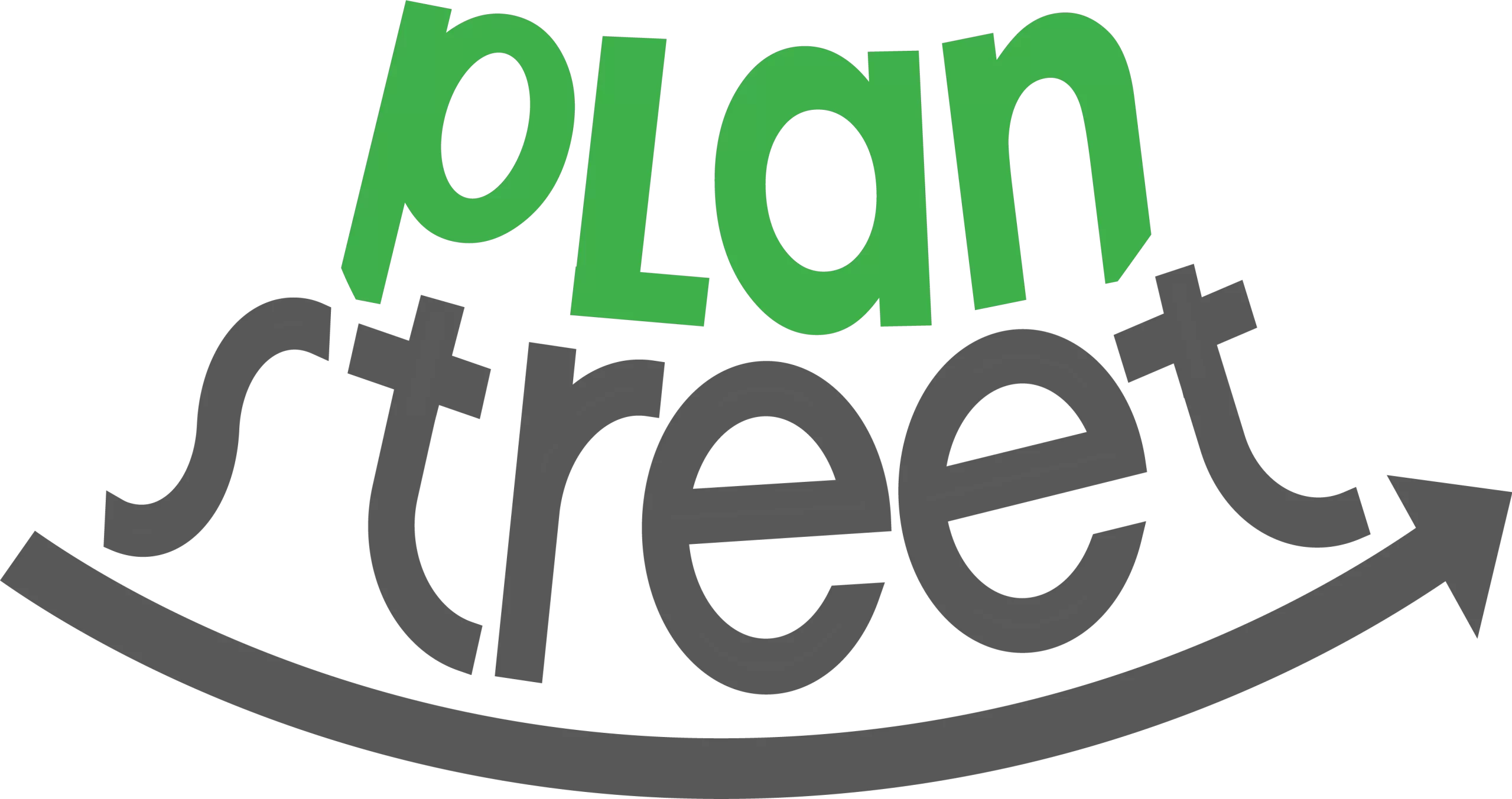 Fast track intake and communicating with clients
Fast track intake and communicating with clients
 Easily modify reentry plans according to client needs
Easily modify reentry plans according to client needs
 Make and follow up on Referrals to third parties
Make and follow up on Referrals to third parties
Correction of behavior and a better life is the purpose of sending people to prison.
Unfortunately, Incarceration often plays out like a hereditary disease. Those imprisoned once show a predisposition towards being incarcerated again. Reentry programs help prevent recidivism and allow clients to become integrated, productive members of society.
Recidivism is often more common than it should be if offenders have had a fair chance of integrating back into the community.
Reentry programs help incarcerated individuals successfully return to society to reduce recidivism and improve public safety.
These programs focus on breaking down barriers recently incarcerated individuals might encounter and helping them find employment, affordable housing, healthcare, and support for their families. Because reentry is not a simple process and has so many facets, it involves several people to design effective reentry plans for offenders, each of whom is unique in their:.
life experiences
before prison
offenses they were
incarcerated for
ages at which they
went to prison
family and support
structures
needs after completing
their sentences
preferences for their
future lives
This means an off-the-shelf one size fits all plan would not work. Case workers need to spend a lot of dedicated effort in collecting and analyzing all relevant data to develop effective reentry plans. To break the cycle of recidivism and support positive transitions back into communities, you need comprehensive reentry case management software that you can count on.
PlanStreet offers holistic solutions to problems faced by caseworkers in reentry programs. With PlanStreet, you get the following:
-
Centralized and Up-to-Date Data Insights
-
Personalized Reporting and Case Plan Builder
-
Detailed Program Progress and Attendance Tracking
-
Intuitive Client Meeting Documentation
-
Holistic Risk and Needs Analysis
-
Comprehensive Assessment Measures
-
Customizable Document Library
-
Reliable Security and Encryption

We at PlanStreet, recognize the role social goods play in the welfare of offenders hoping to reintegrate into the community. And so, we pay special attention to the following:
-
Education of incarcerated
-
Skills training and attendance
-
Matching with employers
-
Post-employment tracking
Why are Reentry programs necessary?
Acquiring skills and training will allow offenders to get recruited for jobs and be able to perform their jobs. This is particularly important for offenders getting out of prison after longer sentences, as they have no skills and need case managers' assistance to get jobs. Reentry programs are critical in ensuring offenders can move from prisons to communities by navigating the challenges presented to them.
Reentry also improves public safety. Nearly two million adults are incarcerated in state prisons and local jails. Nationally, two out of every three people released from state prisons are rearrested for a new offense and about half are reincarcerated within three years. Reducing recidivism is critical for increasing long-term public safety and lowering corrections costs for the state.
What can PlanStreet do for a Reentry Caseworker:
- PlanStreet allows you to connect with potential employers to assist clients in getting jobs. You can also monitor their attendance and performance at their jobs.
- Reentry Case managers can assess the physical and psychological health of their clients using health assessment forms on PlanStreet.
- Use PlanStreet to find safe and stable housing for your clients, thereby reducing recidivism.
- PlanStreet offers you the perfect comprehensive platform to bring together several aspects of reentry plans to successfully reintegrate clients into society.
- PlanStreet centralizes data and communication to bring all stakeholders to the same table as they design and execute reentry plans.
What is the Reentry Process?

Intake
Creating a profile for a client is essential. The intake process ensures you have all the information you need to engage with your client fully, anywhere. PlanStreet offers several pre-designed forms to gather data about your clients. You can also customize the forms that you use.

Needs Assessment
Knowing your client's needs is the first step in getting them to their ultimate goal. Housing, career searches, and education are examples of a client's needs. Reentry caseworkers can build upon the profile compiled in the intake process and put together an accurate portrait of a client's needs. The data is a touch away with PlanStreet.

Service Delivery
Once needs have been assessed; case workers can design reentry plans for clients. They can then use PlanStreet to schedule and track attendance for educational and skill-based courses and connect with employers to find jobs for clients, they can also monitor the ongoing progress of their clients at the jobs.

Reporting and results
As a reentry case manager, you can use PlanStreet's reporting and analytics tools to generate and share results with stakeholders who are very interested in reducing and reporting recidivism

Adjustments
The first reentry plan you create may need modifications and additions, depending on how the client responds. Using PlanStreet, you can easily add, change, or remove activities and tasks from your client's case board.
PlanStreet’s Reentry Program case management ensures that you manage each case efficiently
Successfully execute your reentry cases with PlanStreet Reentry Software and stay on top of every activity.
